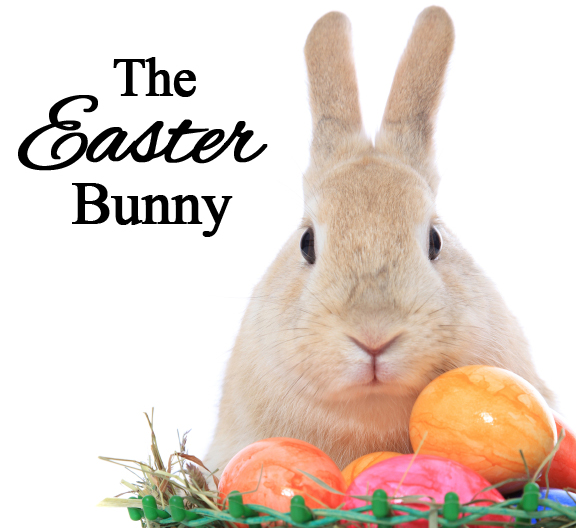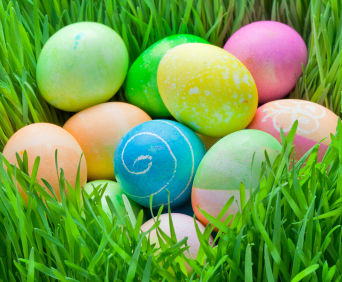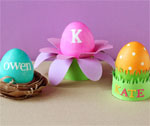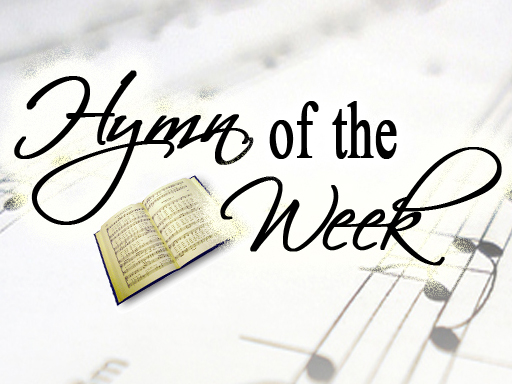The Easter Bunny
 Have you ever wondered what the Easter Bunny has to do with the resurrection of Jesus? If so, you can learn the Christian history, meaning and symbolism of the Easter Bunny here!
Have you ever wondered what the Easter Bunny has to do with the resurrection of Jesus? If so, you can learn the Christian history, meaning and symbolism of the Easter Bunny here!
It is often assumed that since rabbits and hares were ancient fertility symbols associated with the spring season, Christians simply adopted them into their Easter celebrations. But as Encyclopedia Brittanica notes in their article on Easter, “Given the determination with which Christians combated all forms of paganism, this appears a rather dubious presumption.” In fact, there is no evidence that the Easter Bunny has any association whatsoever with pagan traditions.
The first recorded evidence of an Easter Bunny was in a book called De ovis paschalibus (About the Easter Egg) by Georg Franck von Frankenau (1643-1704) in which he recorded that the tradition existed in Alsace (a region in modern day France that was previously populated by Germans). By this time the region had been Christianized for several hundred years, and there is no reason to believe that ancient pagan practices would have influenced its religious celebrations so much later.
Though it is not clear how the Easter bunny came to be associated with Easter eggs, the following explanation seems reasonable:
“Easter egg hunts usually took place in open fields or meadows. Children who sought the hidden eggs regularly frightened rabbits concealed in the grass. As eggs were often discovered in the same location from which the bunnies had just fled, children naturally associated their newly found colored treasure with the furry animals” (Ace Collins, Stories Behind the Traditions and Songs of Easter).
It should be noted that in Switzerland a cuckoo delivers eggs, and in Westphalia (a region in Germany) it is a fox. The personification of animals has been a favorite subject for children over many centuries.
The German tradition of the Osterhase (Easter Hare) most likely traveled to America via German immigrants in the 1700’s who settled in the Pennsylvania Dutch region. Children would build nests in their hats and bonnets hoping that the Easter Hare would leave eggs for Easter morning. With time, this practice spread across the nation and probably led to the modern Easter basket.
Though there may not be any significant connection between the Easter Bunny and the true meaning of the holiday with which it came to be associated, many Christians identify the way the rabbit or hare emerges from it’s underground burrow as symbolic of the resurrection of Christ as he emerges from his tomb on Easter Sunday.
This page was created by:

Back to main Easter Symbols page.
We welcome your ideas! If you have suggestions on how to improve this page, please contact us.
You may freely use this content if you cite the source and/or link back to this page.






